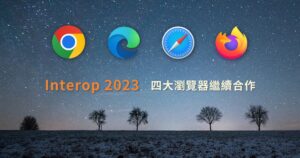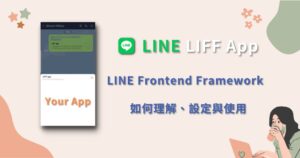🏆 超過50萬名讀者已閱讀本站的內容,共同創造了85萬次總閱讀次數!
https://docs.djangoproject.com/en/1.6/intro/tutorial03/
1. 如何將 url 部分當參數傳給 views.py?
urls.py 中 url 正規表示式要下參數
ex: r’^(?P<poll_id>d+)/results/$’
2. views.py return 方式:
return HttpResponse(“…”) or
raise Http404
3. HttpResponse shortcut
return render(request, ‘polls/index.html’, context)
4. raise Http404 的 shortcut
original
try:
poll = Poll.objects.get(pk=poll_id)
except Poll.DoesNotExist:
raise Http404
return render(request, 'polls/detail.html', {'poll': poll})
shortcut
poll = get_object_or_404(Poll, pk=poll_id)
return render(request, 'polls/detail.html', {'poll': poll})
where pk is primary key.
其中 {‘poll’: poll} 為 variable name to variable value map.
為了釐清, 暫時改為 {‘poll’: poll1}. 在 html 中使用 {{ poll.id }} 或 {% … poll.id … %} 會將 poll1 object 帶入.
5. Removing hardcoded URLs in templates
original
<li><a href="/polls/{{ poll.id }}/">{{ poll.question }}</a></li>
modified
<li><a href="{% url 'detail' poll.id %}">{{ poll.question }}</a></li>
此行會去找 urls.py 中 name='detail’ 的 url view handler pair.
6. Namespacing URL names
urlpatterns = patterns('',
url(r'^polls/', include('polls.urls', namespace="polls")),
url(r'^admin/', include(admin.site.urls)),
)
所以在第5點下 url 時就變成
<li><a href="{% url 'polls:detail' poll.id %}">{{ poll.question }}</a></li>
這樣可以讓負責 template 的 programmer 明確知道他要 call 哪一支app的哪一個view. 同時避免 view name 在不同 app 有衝突的情況, 但是還是主要是讓 template programmer 明確知道, naming ambiguity 自然就不存在了.
本站的主題是商業、創業、美食、葡萄酒、科技、AI、數位行銷






